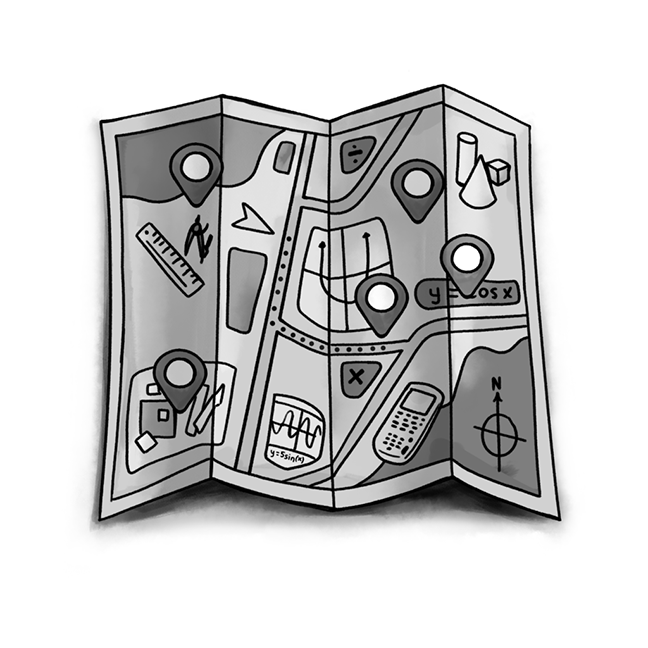Dr. Lisa Amick
Lexington, KY
lisa.amick@uky.edu
Haley Jacobsen
Lexington, KY
haley.jacobsen@uky.edu
Adam Peters
Lexington, KY
adam.peters20@uky.edu
Dr. Lara Jasien
Nashville, TN
larajasien@cpm.org
At first, I was just excited to be able to present and to make some professional connections. I was excited to talk to people who practice the kind of teaching we learn about and who have the same beliefs about mathematics education that we have. A lot more came of it than I thought. The depth of the networking and learning was unexpected.
(Haley)
I was 100% rejuvenated. I got home after a midnight flight and was at school early the next morning ready to go, ready to implement all the things we just learned.
(Adam)
Haley and Adam — seniors in their student-teaching semester at the University of Kentucky — made the statements above about their experiences at their first professional conference, the annual CPM Teacher Conference. Haley and Adam will become high school mathematics teachers this fall, and this professional experience was transformative for them, helping them see how to make the ideals in their teacher education courses come to life in the classroom.
At the conference, Haley and Adam not only attended sessions but also presented research on CPM’s Inspirations & Ideas Course, which they conducted with Dr. Lisa Amick, their program advisor and chair. Both student-teachers felt nervous, worrying no one would attend their session or take them seriously as college students who are not yet in their own classrooms. However, their experiences presenting did not validate their fears. According to Haley, “People cared what we had to say and all of the hard work we did was worth something.” Presenting was a valuable experience for them as future teachers because it inducted them into the professional practice of sharing ideas. As Adam put it, “Presenting made me realize that if I have an idea to share, I should share it.”
Haley and Adam spent most of their time at the conference attending sessions presented by innovative math education professionals. Seeing evidence-based teaching practices in action was exceptionally valuable for them because their student teaching placements are in schools that use more traditional teaching practices and curricula. According to Haley and Adam, “Seeing it in action and reading about it are two different things, and seeing it inspired me to actually do it. It somehow made it accessible” (Haley) because “CPM is the actual embodiment of these practices” (Adam).
These “embodiments” Adam spoke of were concrete, exciting ideas that spilled over into their student-teaching experiences in powerful ways. Some of the strategies the conference led them to try include visibly random groups (VRG), team building activities, student-centered teaching practices, and vertical non-permanent surfaces (VNPS). Here are some examples of how their teaching has grown:
- “I’ve tried teams before and my students complained the whole hour. When I used VRG they complained initially, but stopped once they sat down and got to work. They accept it now because they know it’s short-term. I was shocked.” (Haley)
- “I’ve realized that when I give notes, I’m making an assumption that my students don’t know anything. They are disinterested, they don’t want to participate, and they feel like their time is being wasted. Now I give them the opportunity to surprise me with what they know first before delivering any content. Since the conference, I’ve been doing more of that.” (Adam)
- “Since I started using VNPS my students are far more engaged and they are talking more. There is so much weight off of my shoulders, and I love having the pressure off me. I never even liked being at the front of the room!” (Haley)
Professional conferences, such as the CPM Teacher Conference, can deeply impact teacher practices, as evidenced by the transformative experiences of Haley and Adam. As educators who often invest exorbitant amounts of time and energy into fostering students’ mathematical and personal well-being, we encourage you to make a commitment to engage in some intellectual self-care. Submit your innovative classroom idea as a conference proposal, or be a conference attendee and open yourself to collaborative, professional learning and national networking and see where it takes you. Be prepared to be inspired by new ideas that will innovate your teaching in career-changing ways. The return on your investment will be more than you ever imagined.
